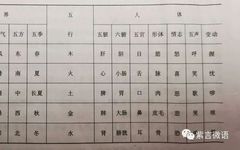
Documenting life experiences through words,
spreading love and health through WeChat public accounts!
The theory of the Five Elements (Wu Xing) has had a profound impact on the development of Chinese medicine, similar to the theory of Yin and Yang (Yin Yang). It has become an integral part of the unique theoretical system of Traditional Chinese Medicine (TCM).
What are the Five Elements?
Metal (Jin), Wood (Mu), Water (Shui), Fire (Huo), Earth (Tu).
Why are they called the Five Elements?
The Five Elements were originally referred to as “Five Materials (Wu Cai)”. Ancient Chinese people recognized through long-term practical experience that Wood, Fire, Earth, Metal, and Water are essential basic substances. The Book of Documents (Shang Shu) states: “Water and Fire are what the people consume; Metal and Wood are what the people use for work; Earth is the source of all life, serving humanity.”
Thus, the Five Elements refer to the application of these five substances, and based on the concept of “Five Materials,” it further extends to the idea that everything in the world is formed by the movement and transformation of these five basic substances. Additionally, the relationships of generation and overcoming among the Five Elements explain the interconnections between things. It is believed that nothing exists in isolation or remains static, but rather maintains a coordinated balance through continuous interactions of generation and overcoming, meaning that Wood, Fire, Earth, Metal, and Water are in constant motion. This is the fundamental meaning of the Five Elements theory, which is also a major basis for the ancient materialist dialectical view in China.
What are the characteristics of the Five Elements?
The characteristics of the Five Elements stem from the ancient method of “taking images and comparing categories” and the method of “indirect deduction”.
Characteristics of Wood:
Ancient people referred to Wood as “curved and straight.” “Curved and straight” actually refers to the growth form of trees, which grow upwards and outwards, with branches and trunks being both curved and straight. Therefore, it is extended to include things that have the properties of growth, upward movement, and smoothness, all of which belong to Wood.
Characteristics of Fire:
Ancient people referred to Fire as “flame rising.” “Flame rising” indicates that fire has the properties of warmth and upward movement. Therefore, it is extended to include things that have warming and rising effects, all of which belong to Fire.
Characteristics of Earth: Ancient people referred to Earth as “the source of crops and walls.” “Crops and walls” indicates that Earth has the role of sowing and harvesting crops. Therefore, it is extended to include things that have the properties of nurturing, supporting, and receiving, all of which belong to Earth. Hence, there are sayings like “Earth supports all things,” “all things are born from Earth, and all things perish in Earth,” and “Earth is the mother of all things.”
Characteristics of Metal:
Ancient people referred to Metal as “following change.” “Following change” means “transformation.” It is extended to include things that have properties of cleanliness, restraint, and convergence, all of which belong to Metal.
Characteristics of Water:
Ancient people referred to Water as “moistening and descending.” This indicates that water has the properties of moistening and downward movement. It is extended to include things that are cold, moistening, and flowing downward, all of which belong to Water.
The classification and deduction of the Five Elements are illustrated in the following image:
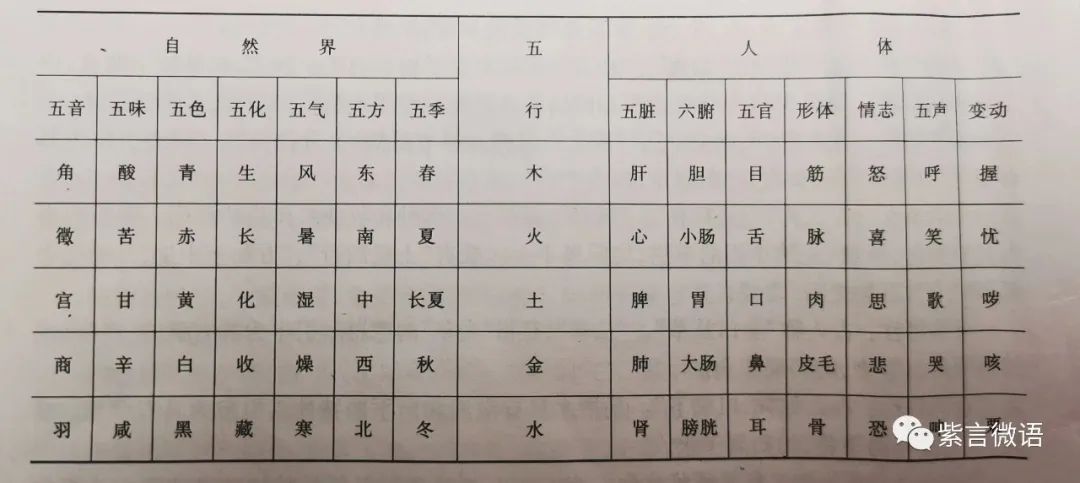
What are the operational laws of the Five Elements?
They are generation, overcoming, multiplication, and humiliation.
1. Generation: Wood generates Fire, Fire generates Earth, Earth generates Metal, Metal generates Water, Water generates Wood.
2. Overcoming: Wood overcomes Earth, Earth overcomes Water, Water overcomes Fire, Fire overcomes Metal, Metal overcomes Wood.
In the generative relationship of the Five Elements, the one that generates is the “mother,” and the one that is generated is the “child.” For example, taking Metal as an example, since Earth generates Metal, the “mother” is Earth; since Metal generates Water, the “child” is Water.
“Overcoming” and “being overcome” are referred to in the Inner Canon (Nei Jing) as “what cannot be overcome” and “what is overcome.” That is, the one that overcomes is “what cannot be overcome,” and the one that is overcome is “what is overcome.” For example, still taking Metal as an example, since Metal overcomes Wood, the “overcome” is Wood; since Fire overcomes Metal, the “overcoming” is Fire.
In the Five Elements, generation and overcoming are considered natural phenomena in the natural world, and for human physiology, they also belong to normal physiological phenomena. An important concept in TCM is balance. Generation refers to the promoting, assisting, and nurturing effects of one thing on another; overcoming refers to the inhibiting and restraining effects of one thing on another’s growth and function. Balance is achieved in this movement.Therefore,the Classified Canon (Lei Jing) states: “The mechanism of creation cannot be without generation, nor can it be without restraint. Without generation, there is no way for development; without restraint, there is excess and harm.”
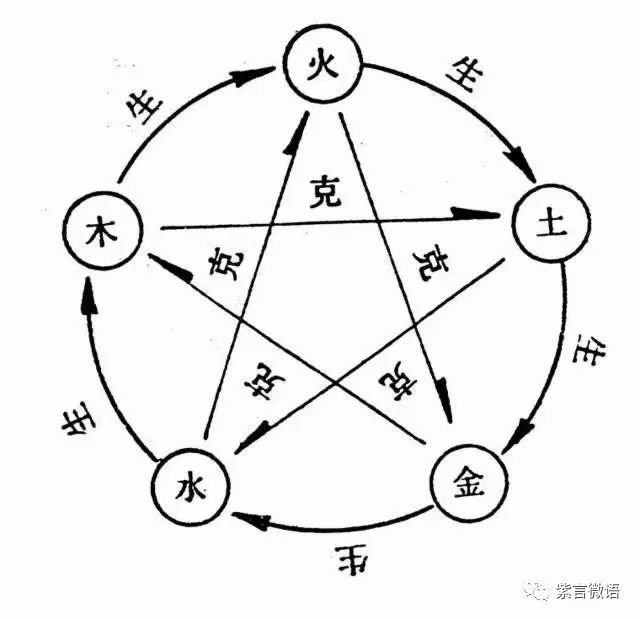
3. Multiplication: In the Five Elements, multiplication refers to a situation where one “element” is too strong in its overcoming of another “element,” leading to a series of abnormal overcoming reactions. The causes of multiplication manifest in two aspects.
One is that a certain “element” in the Five Elements is overly strong, causing excessive overcoming of the “element” being restrained, leading to its weakness, resulting in abnormal overcoming among the Five Elements. For example, if Metal is too strong, it excessively overcomes Wood, causing a deficiency in Wood, which is termed “Metal multiplying Wood.”
The other is that a certain “element” in the Five Elements is weak, thus the overcoming of it by the “element” that overcomes it appears relatively enhanced, while it itself becomes even weaker. For example, if Metal is not overly strong, its power to overcome Wood is within normal limits, but due to the deficiency of Wood, the power of Metal to overcome Wood appears relatively enhanced, making Wood even more deficient, which is termed “Wood deficiency and Metal multiplying.”
4. Humiliation: In the Five Elements, humiliation refers to “counter-overcoming.” It occurs when one “element” is too strong and counteracts the original “overcoming” element, thus counter-overcoming is also called counter-overcoming. For instance, if Wood is originally overcome by Metal, but when Wood is particularly strong, it not only does not get overcome by Metal but instead counteracts Metal (counter-overcoming), which is termed “Wood humiliating Metal.” On the other hand, if Metal itself is very weak, it cannot overcome Wood and is instead countered by Wood, termed “Metal deficiency and Wood multiplying.”
Both multiplication and humiliation are not normal overcoming phenomena.
The main difference between the two is: the former occurs when an excessive restraint happens according to the order of overcoming among the Five Elements, leading to abnormal overcoming among them; the latter occurs when an opposite direction of overcoming occurs according to the order of overcoming among the Five Elements, leading to abnormal overcoming among them.
The connection between the two is: during multiplication, humiliation can also occur simultaneously, and during humiliation, multiplication can also occur. For example, when Wood is too strong, it can both multiply Earth and humiliate Metal; when Metal is deficient, it can be countered by Wood and also be multiplied by Fire, thus multiplication and humiliation are closely related. The Classic of Difficulties (Nan Jing) states: “When Qi is excessive, it restrains what it overcomes and humiliates what it cannot overcome; when it is insufficient, it cannot overcome, humiliates and multiplies it, and what it overcomes is light and humiliates it.”
What are the applications of the Five Elements concept in TCM?
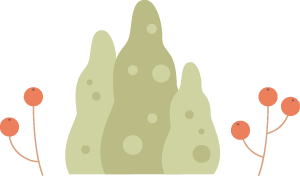
1. Explaining the physiological functions of the Five Organs:
The nature of Wood can be both curved and straight, with branches and leaves extending, having the characteristic of growth. The Liver enjoys smoothness and dislikes depression, thus it has the function of regulating and dispersing, hence it belongs to Wood.
The nature of Fire is warm, and its nature is to rise. The Yang of the Heart has the function of warming, thus the Heart belongs to Fire.
The nature of Earth is thick and nurturing, having the characteristic of generating all things. The Spleen has the function of transforming food and transporting essence, nourishing the Five Organs and Six Bowels, and is the source of Qi and Blood transformation, thus the Spleen belongs to Earth.
The nature of Metal is clear and restraining. The Lung has the nature of cleansing, and Lung Qi descends smoothly, thus the Lung belongs to Metal.
The nature of Water is moistening and descending, having the characteristics of coldness, moisture, downward movement, and storage. The Kidney has the functions of storing essence and governing Water, thus the Kidney belongs to Water.
Additionally, the structure of the human organs is categorized according to the Five Elements; the Five Directions, Five Seasons, Five Qi, Five Tastes, and Five Colors in nature are linked to the Five Organs, Six Bowels, Five Bodies, and Five Senses in the human body. For example, the Inner Canon (Su Wen) states: “The East generates Wind, Wind generates Wood, Wood generates Sour, Sour generates Liver, Liver governs the tendons…” This unifies humans and nature into a whole.
2. Explaining the interrelationships among the Five Organs:
Using the theory of generation and overcoming among the Five Elements to explain the internal connections of the physiological functions of the organs, namely the mutual nurturing and restraining relationships among the Five Organs.
1. Mutual nurturing among the Five Organs:
For example, the Liver generates the Heart, which is Wood generating Fire, meaning the Liver stores blood to assist the Heart; the Heart generates the Spleen, which is Fire generating Earth, meaning the Yang of the Heart warms the Spleen; the Spleen generates the Lung, which is Earth generating Metal, as “Spleen Qi disperses essence, which ascends to the Lung”; the Lung generates the Kidney, which is Metal generating Water, as Lung Metal cleanses and descends to assist Kidney Water; the Kidney generates the Liver, which is Water generating Wood, as Kidney stores essence to nourish the Liver’s Yin Blood, etc.
2. Mutual restraint among the Five Organs:
The Lung belongs to Metal and restrains Heart Fire, thus the Heart is the master of the Lung; the Spleen belongs to Earth and restrains Kidney Water, as the Kidney is the master of the Heart’s transformation. Here, “master” refers to restraint, that is, mutual overcoming. For example, the Inner Canon (Su Wen) states: “The Heart governs Fire, and is restrained by Kidney Water, thus the Kidney is the master of the Heart’s transformation.”
3. Explaining the mutual influence of organ diseases:
The Five Organs are physiologically interconnected; a disease in one organ can transmit to another, and a disease in another organ can transmit to the original organ. TCM uses the theory of the Five Elements to categorize the transmission of organ diseases into generative transmission and overcoming transmission.
1. Generative transmission: includes “mother disease affecting child” and “child disease affecting mother.”
2. Overcoming transmission: includes “multiplication” and “humiliation.”
4. Used for diagnosis and treatment:
1. Used for diagnosis:
The human body is an organic whole; diseases in the internal organs can reflect on the surface. As stated in the Spiritual Pivot (Ling Shu): “What is present internally must manifest externally,” hence it is said: “Observe the external responses to know the internal organs, thus knowing the disease.”
In clinical diagnosis of diseases, one can synthesize the materials obtained from the four examinations: observation, listening, inquiry, and palpation, and based on the attributes of the Five Elements and the laws of their generation and overcoming, infer the condition. For example, the Classic of Difficulties (Nan Jing) states: “To know by observation, observe the five colors to know the disease. To know by listening, listen to the five sounds to differentiate the disease…” For instance, if the face appears green, prefers sour taste, and the pulse shows a string-like shape, it can be diagnosed as a liver disease; if the face appears red, has a bitter taste, and the pulse is surging, it can be diagnosed as excessive Heart Fire. In patients with Spleen deficiency, if the face appears green, it indicates Wood is multiplying Earth; in patients with heart disease, if the face appears black, it indicates Water is overcoming Fire, etc.
2. Used for treatment:
In treatment, the theory of the Five Elements is utilized to control the transmission of diseases, commonly using methods of generation and overcoming.
Common treatment methods based on the laws of generation include: nourishing Water to cover Wood, benefiting Fire to supplement Earth, nurturing Earth to generate Metal, and Metal and Water generating each other.
Common treatment methods based on the laws of overcoming include: restraining Wood to support Earth, nurturing Earth to restrain Water, assisting Metal to balance Wood, and draining the South while supplementing the North.
The theory of the Five Elements not only guides the clinical practice of TCM in terms of medication but also guides acupuncture therapy and psychological therapy.
Acupuncture therapy:
Acupuncture points at the ends of the twelve meridians in the hands and feet are categorized according to the Five Elements, namely the Jing (Well), Ying (Spring), Shu (Stream), Jing (River), and He (Sea) points, which belong to Wood, Fire, Earth, Metal, and Water respectively. Clinically, acupuncture points are selected based on the laws of generation and overcoming according to different conditions.
Psychological therapy:
Psychological therapy is mainly used for emotional diseases, as emotions arise from the Five Organs, and there are generative and overcoming relationships among the Five Organs, thus emotions also have such relationships.
Sadness corresponds to the Lung, which belongs to Metal; Anger corresponds to the Liver, which belongs to Wood. Metal can overcome Wood, thus sadness overcomes anger.
Fear corresponds to the Kidney, which belongs to Water; Joy corresponds to the Heart, which belongs to Fire. Water can overcome Fire, thus fear overcomes joy.
Anger corresponds to the Liver, which belongs to Wood; Worry corresponds to the Spleen, which belongs to Earth. Wood can overcome Earth, thus anger overcomes worry.
Joy corresponds to the Heart, which belongs to Fire; Worry corresponds to the Lung, which belongs to Metal. Fire can overcome Metal, thus joy overcomes worry.
Worry corresponds to the Spleen, which belongs to Earth; Fear corresponds to the Kidney, which belongs to Water. Earth can overcome Water, thus worry overcomes fear.
Due to the physiological interrelationships of emotional changes having mutual restraining effects, and their close relationship with the internal organs in pathological conditions, clinical practice can utilize the mutual restraining relationships of emotions to achieve therapeutic goals.
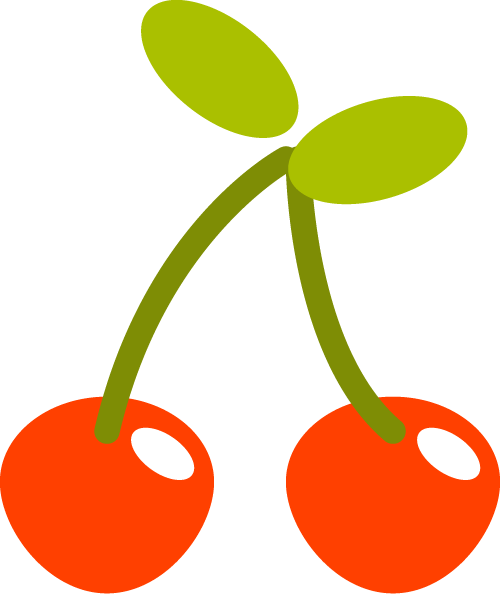
The relationship between Yin-Yang and the Five Elements:


The theory of Yin and Yang emphasizes the viewpoint of “dividing into two” to explain the existence of relative things or two aspects of one thing that are in opposition, mutual restriction, interdependence, balance of growth and decline, and transformation.
(For understanding the characteristics of Yin-Yang theory, you can read the WeChat public account article “Yin-Yang,” click on the title on the right to enter.)Yin-Yang
The theory of the Five Elements emphasizes the number “five” to explain the interrelationships of generation and overcoming among things.
When explaining the universe, it is believed that the entire universe is composed of the generative and overcoming interactions of the five basic substances: Metal, Wood, Water, Fire, and Earth.
When explaining the human body, it categorizes the Five Elements to the Five Organs, Five Senses, Five Bodies, and Five Emotions to elucidate the interrelationships of generation and overcoming among them.
When explaining the relationship between humans and nature, it is believed that the Five Movements, Six Qi, Five Directions, and Five Transformations in nature correspond to the internal organs, and the physiological activities of the human organs and the natural environment also have interrelationships of generation and overcoming, forming a whole.
Although the theories of Yin-Yang and the Five Elements each have their characteristics, they are related to each other and are used in conjunction in the medical field. For example, the Classified Canon (Lei Jing) states: “The Five Elements are the essence of Yin and Yang, and Yin and Yang are the Qi of the Five Elements. Qi cannot exist without essence, and essence cannot function without Qi. The movement of Qi is what moves the Yin and Yang.” This fully illustrates that in practical application, discussing Yin and Yang often relates to the Five Elements, and discussing the Five Elements inevitably involves Yin and Yang.

